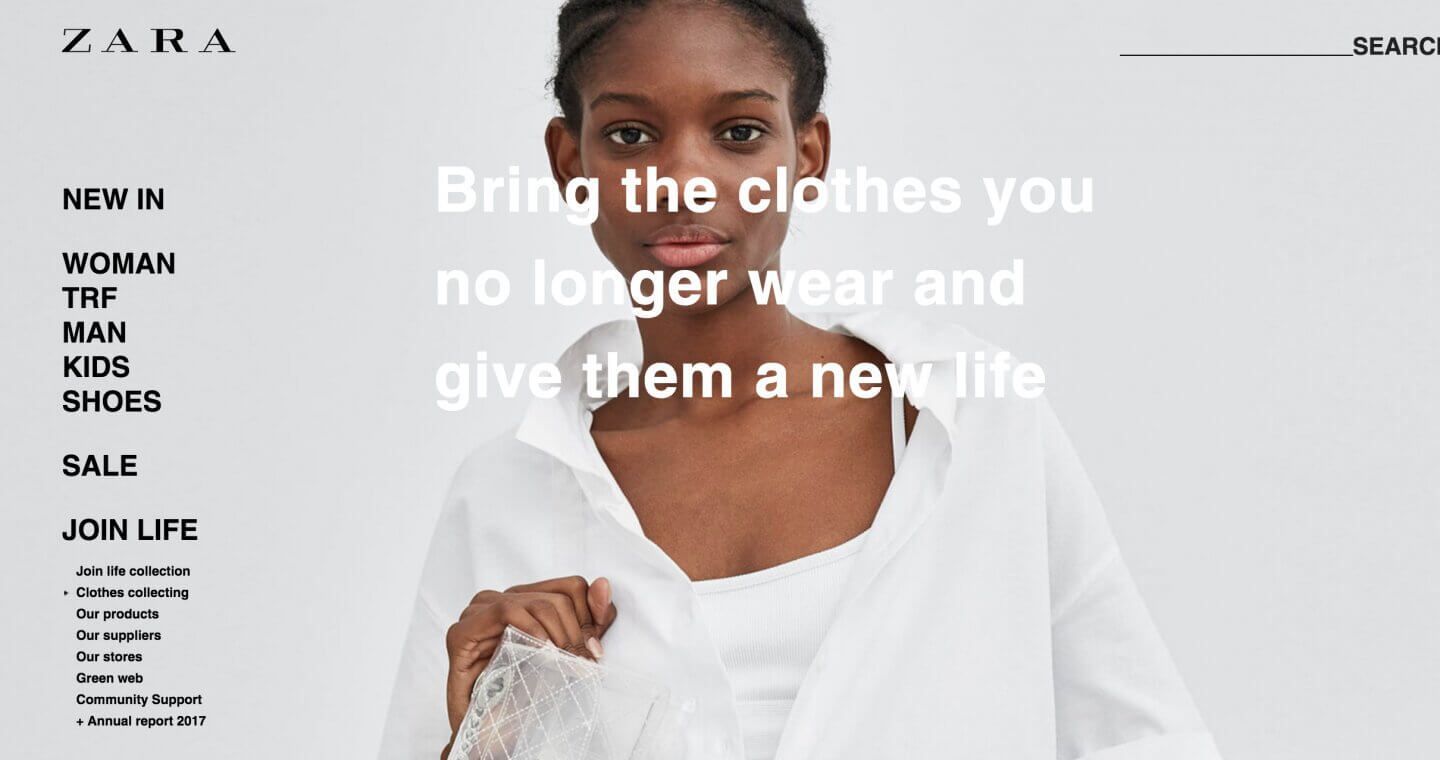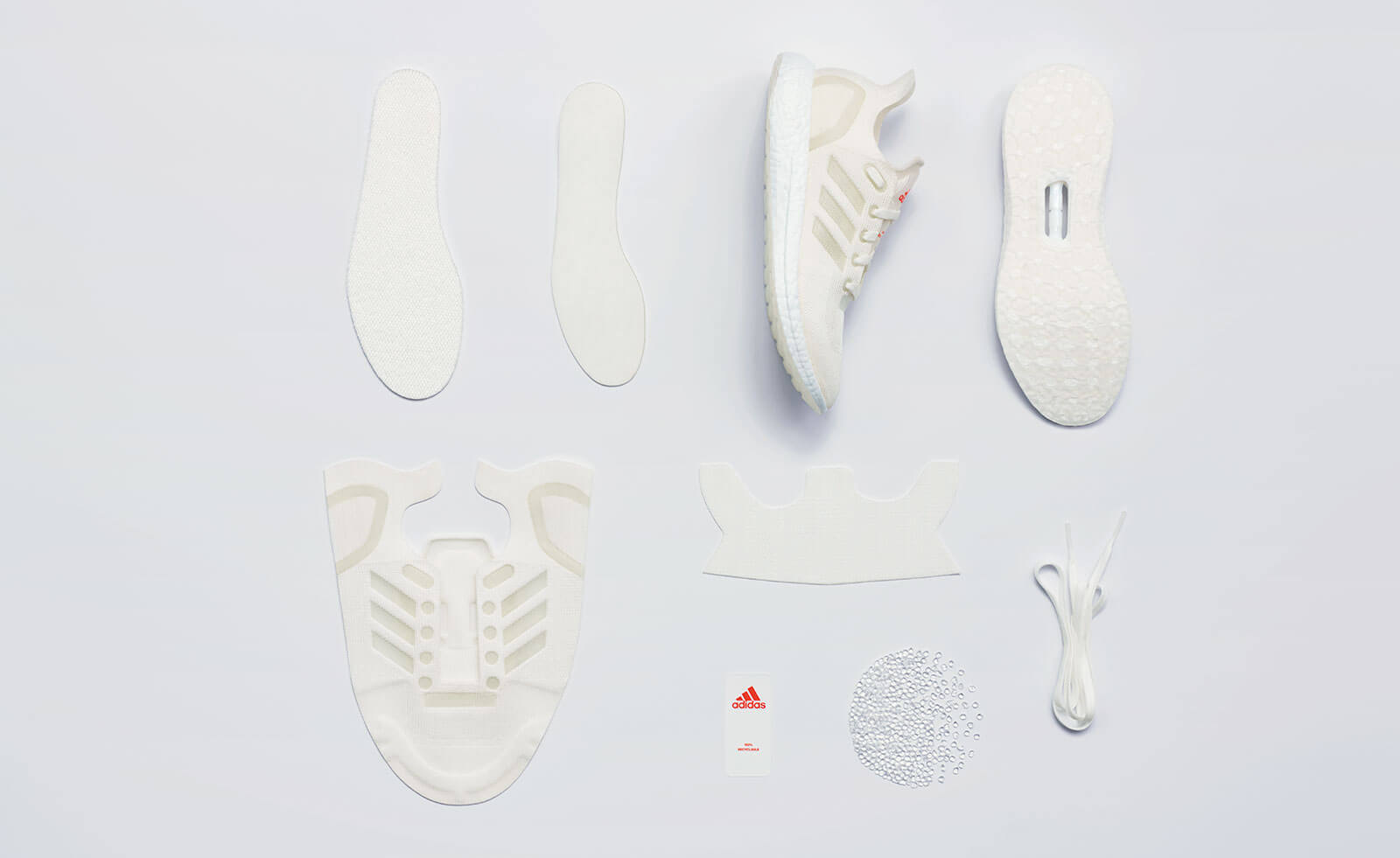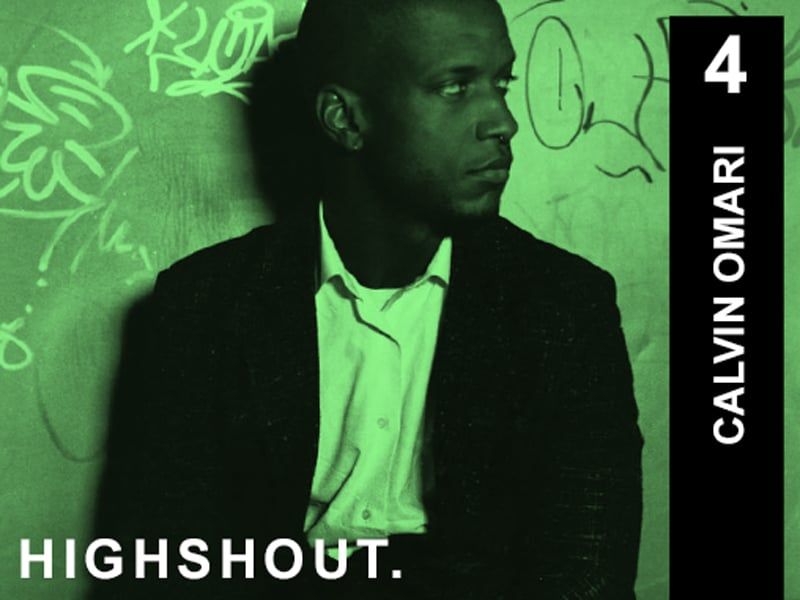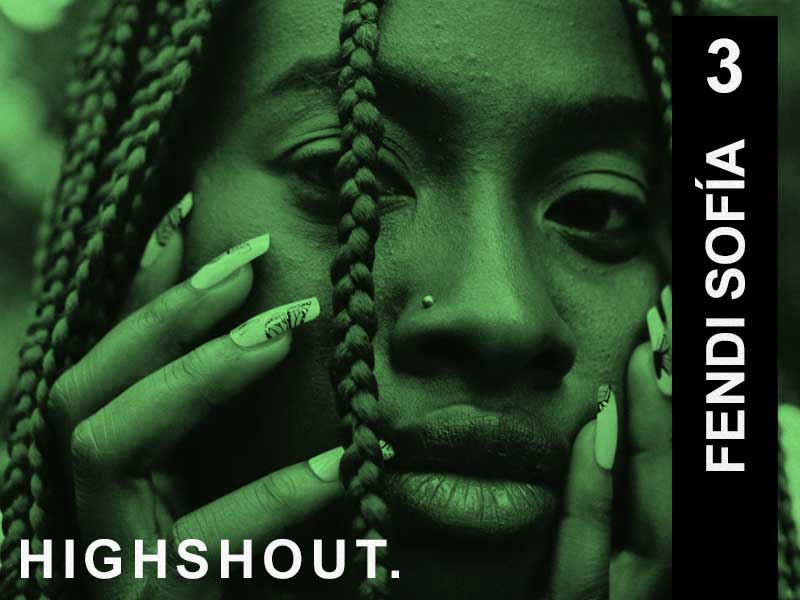At the 2019 Copenhagen Fashion Summit, a manifesto was presented that could radically change our consumption patterns. The circular economy was the big theme of the event, emerging as a hypothetical solution to pollution far more feasible and concrete than the ambiguous measures of sustainability. We tell you what it is and why it could drastically change the industry in a few years.
Circularity is the new sustainability
A few months ago, the alarm was raised at the Copenhagen Fashion Summit. We had to work together to stop global warming, to finally take action. Different brands of streetwear, sport and luxury showed their willingness to reach a concrete deal in the face of a real need to take action as soon as possible.
It is clear that the fashion industry has been and continues to be a major problem for the environment. For some years now, it seems that awareness has grown at a global level, something that is also reflected in the strategies and production dynamics of companies. The fashion industry shows that it is making efforts to achieve more sustainable production, but there are certain structural problems to be tackled.
The clothing demand reaches such astronomical numbers it seems unfeasible to reduce its production; on the contrary, the industry continues to grow and the clothing demand continues to increase, stopping any sustainable alternative. Of course, the industry cannot boast that it is making great strides, and is still far from a sustainable goal despite the many events devoted to the subject. Ethical manufacturing, the reduction of water pollution or carbon emissions are real only in a minimal redoubt of the textile giant.
The circular economy consists of designing and creating products that reduce both the entry of materials and the production of virgin waste. The aim is to give priority to the efficient use of resources, thus protecting the environment. One of the key points of this system is that the products would be designed to be recycled again and again, having a new life in each cycle and without losing its value. The garments we throw away would be cut into pieces and other new garments would be made from them, achieving a perfect cycle that spins over and over again. In this way, the carbon footprint and water consumption would be massively reduced, as no new materials would have to be extracted when producing something new.
The idea opens the door to previously inconceivable possibilities, such as renting clothes: use them and then return them in exchange for recovering part of the money, so that the company can manufacture a different garment. If this hypothesis were carried out, we would be faced with a radical change in the way we consume clothes, and society would acquire a drastically different perspective from the current one. Perhaps we would enjoy many more different garments, for less time and at a lower price.
It seems an impossible dynamic to implant, but the truth is that it is not. Just look at other industries. We rent cars and motorcycles in the city by minutes and pay on certain online platforms to watch a specific film that limits our access to 48 hours. With some consumer products and cultural goods it doesn’t seem so strange. Will the day come when the same thing happens with fashion?
LThe truth is that some brands are developing small samples of circular economy. La Patagonia carried out a project of repairing its own clothes as well as those of other brands, with repair workshops installed in trucks that traveled through different cities. Another example is adidas Futurecraft Loop, the first 100% recyclable sneakers that seek to revolutionize the world of sports technology.
Unfortunately, much more remains to be done than is already done, and under the capitalist parameters of industry solving climate change seems an impossible task. In order to achieve real change, drastic changes are needed in the large companies, which must be implemented immediately and mandatorily.
Will the future be the circular economy?
Sigue toda la información de HIGHXTAR desde Facebook, Twitter o Instagram








